Some retro-things received from my friend Gerben
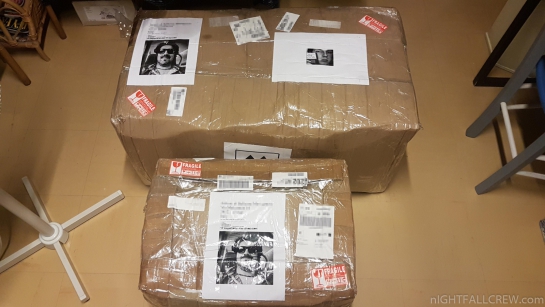
Some retro-things received from my friend Gerben.
- 2 x Commodore 64 Manual
- 1 x Commodore 64 Programmer’s Reference Guide
- 1 x Sony HITBIT MSX-Basic Manual
- 1 x Sony HITBIT MSX-Disk Basic Manual
- 1 x Sony HITBIT Manual
- 1 x Jack Nicklaus Accolade game for Macintosh
- 1 x Commodore 64 Tune-up Book
- 1 x Getting More from your Commodore 64 Book
- 1 x Commodore VIC-1541 Manual
- 2 x Commodore Mouse 1351 Manual
- 3 x Spare Manuals of Coleco Vision Cartridge (Mouse Trap / Turbo / Time Pilot)
- 1 x 16k Memory Module for ATARI 800 (Boxed)
- 1 x Radio Shack TRS-80 Ribbon Daisy Wheel Printer II (Boxed)
- 1 x Donkey Kong Junior Coleco Vision Cartridge (Boxed)
- 1 x Narco Police C64 & C64GS Game Cartridge
- 1 x Simons’ Basic C64 Cartridge
- 1 x Power Cartridge for Commodore 64
- 1 x 16K Expansion Memory for Commodore VIC-20 (RED CASE)
- 1 x Homemade Joystick Interface for ZX-80/81
- 1 x Commodore 64 RS-232 Interface
- 1 x Multi Cartridge for VIC-20
- 1 x Protek Joystick Interface
- 1 x Philips MSX Mouse
- 1 x S.C.N. Modem for Commodore 64
- 1 x Modem House Spectrum VTX 711 for ZX Sepctrum (Boxed)
- 1 x Intel 8087
- 9 x IBM 2164-20 (RAM)
- 1 x Sony HITBIT HB-75P (MSX)
- 1 x Philips 8245 (MSX2)
- 1 x Frankenstein ZX-81 (Homemade wood case for ZX-81 with a ACORN Electron Keyboard) + Expansion Memory Inside. The worst thing i’ve ever seen.
Some RS-232 Gender Changer, Null Modem, RS-232 Tester and unknown cables.
The Frankenstein ZX-81 it works! the keyboard not but is not a problem of the keyboard but of the missing connections of the matrix, maybe an unfinished project ?
Gallery:











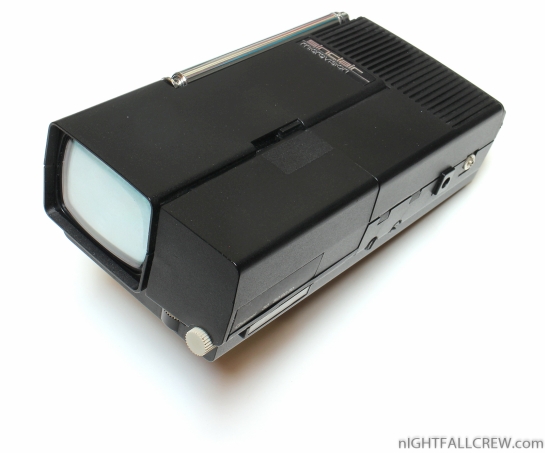
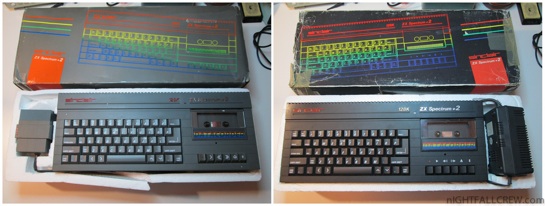

















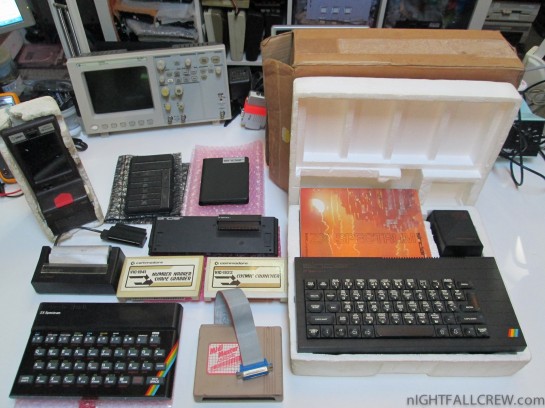
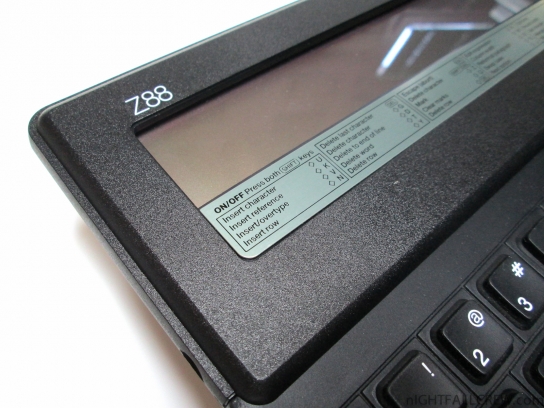











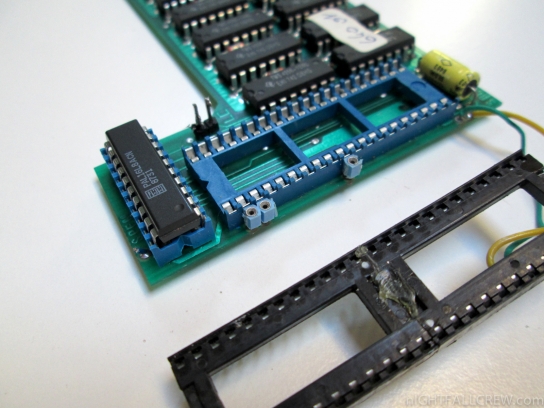





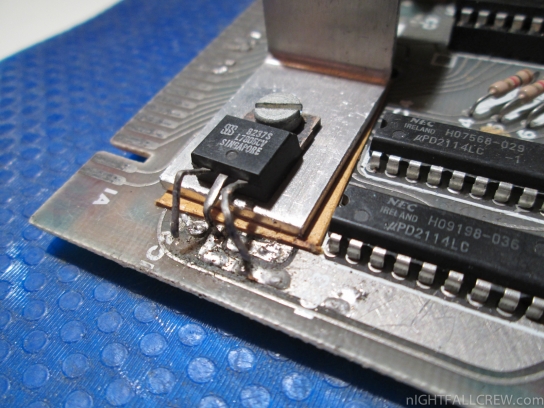















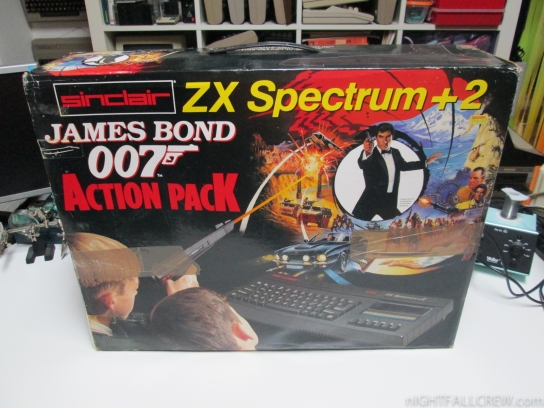






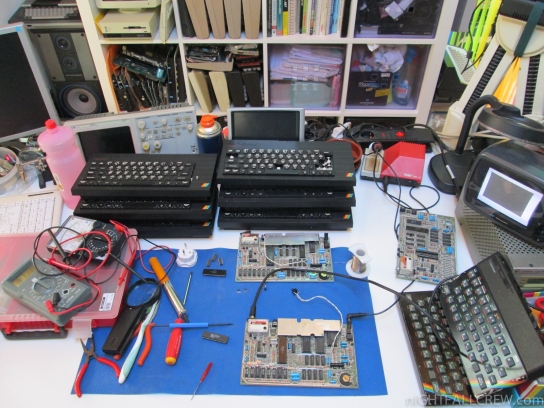
















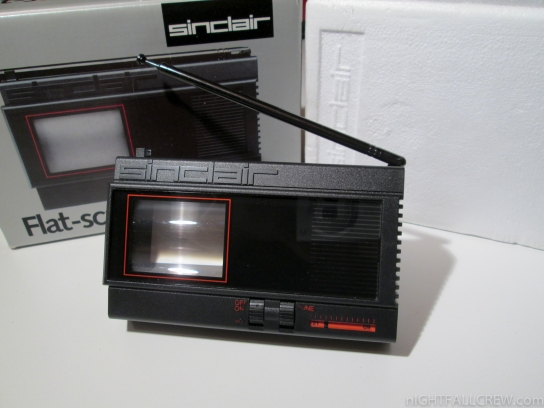
















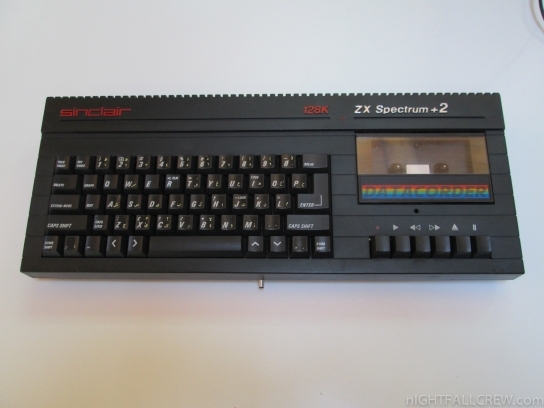




























Recent Comments